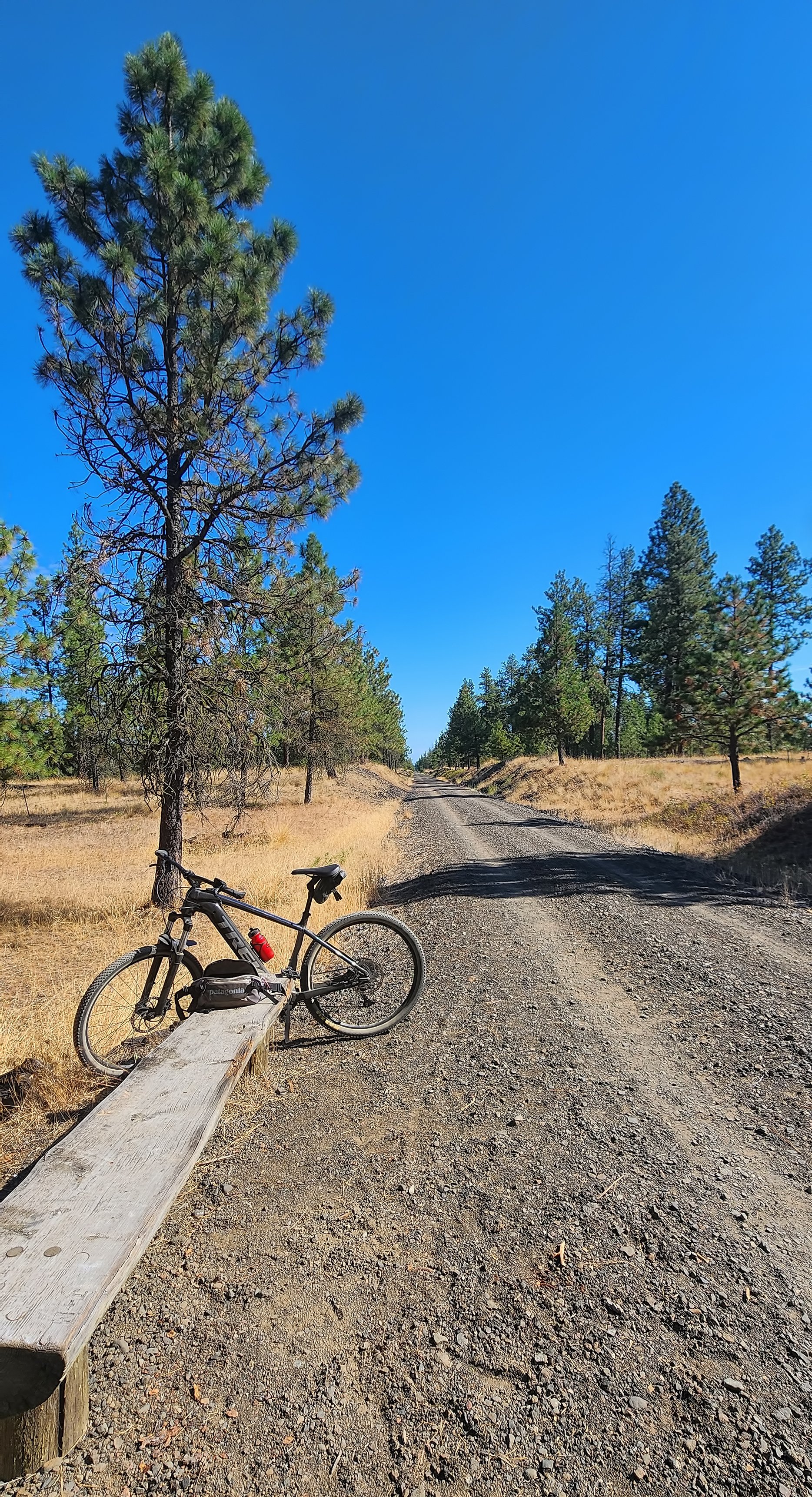paints this golden panorama of an amazingly scenic terrain. I was out in the predawn to chase an early morning comet, but having met with no success, I returned with this expansive image. It’s a helluva back yard. You’d think the movie industry would like to film around here.
Click on the annotated image to expandify.






































